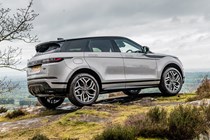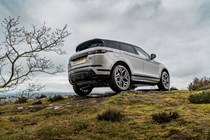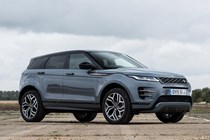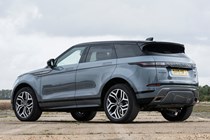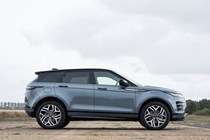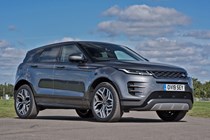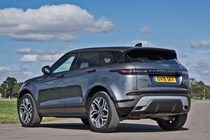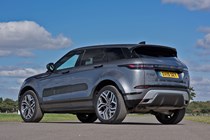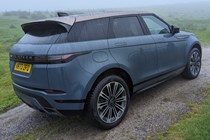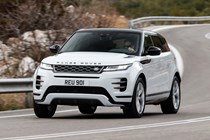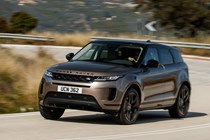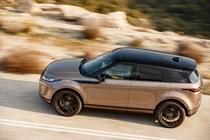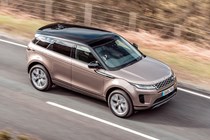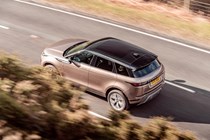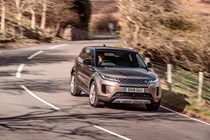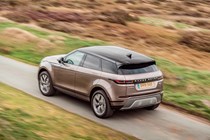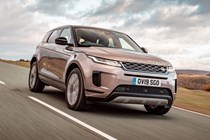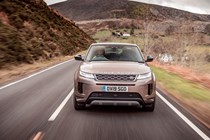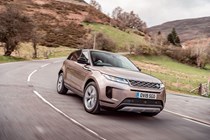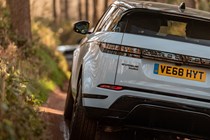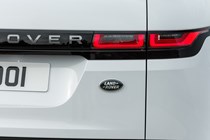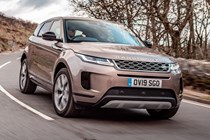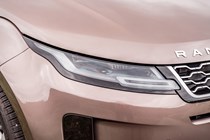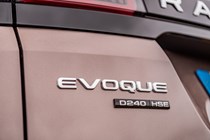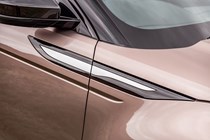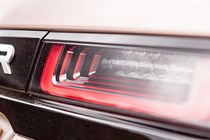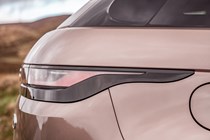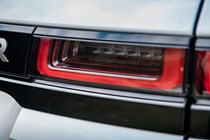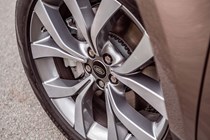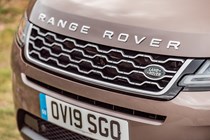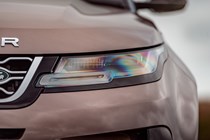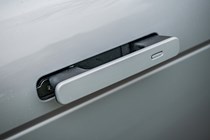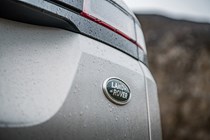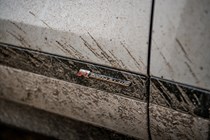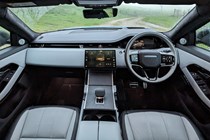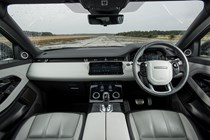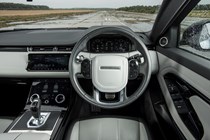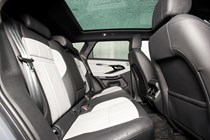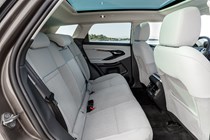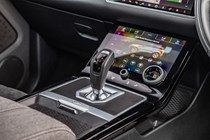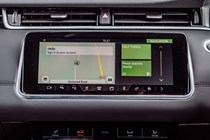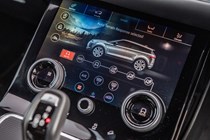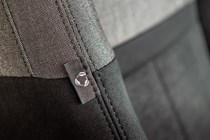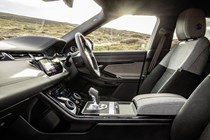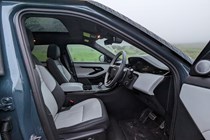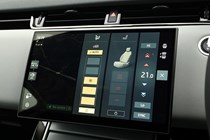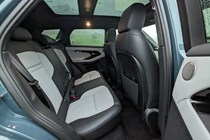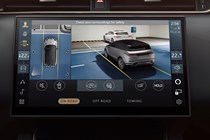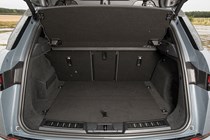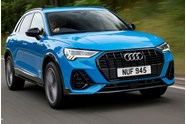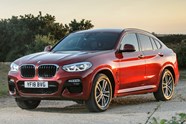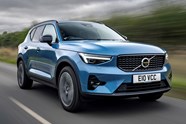
Range Rover Evoque review
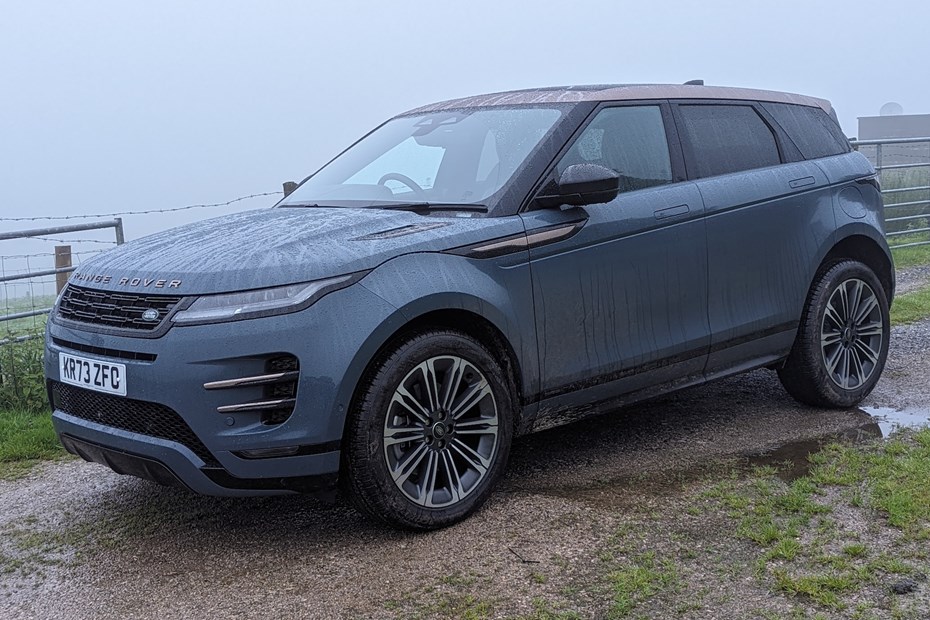
At a glance
| Price new | £44,755 - £58,385 |
|---|---|
| Used prices | £10,416 - £42,714 |
| Road tax cost | £195 - £620 |
| Insurance group | 24 - 41 |
Get an insurance quote with

|
|
| Fuel economy | 29.3 - 46.9 mpg |
| Miles per pound | 4.3 - 6.0 |
| Number of doors | 5 |
| View full specs for a specific version | |
Available fuel types
Petrol
Diesel
Hybrid
Pros & cons
- Comfortable, refined and grown-up
- Plug-in hybrid version adds appeal
- Still our favourite premium SUV
- It's costly when loaded
- Is the styling too derivative?
- Petrol models' high running costs
Land Rover Range Rover Evoque SUV rivals
Overview
The Range Rover Evoque continues to be a phenomenon for Land Rover. It’s still the go-to premium hybrid SUV for a huge number of buyers. Why? Because it combines classy looks, a strong brand image (despite ever-present reliability wobbles), and a designer interior that makes all of its rivals look distinctly ho-hum.
It’s ageing well, too – the Evoque looks as modern and as good as ever, while the latest raft of updates keeps it on the pace in terms of technology, offering a simple-to-use infotainment system and the option of mild and plug-in hybrids.
But it’s up against some impressive rivals, which you could do worse than take a closer look at if you’re considering one. The Audi Q3 and its Q3 Sportback sister car offer all of the tech and much of the image, the BMW X3 and X4 offer a similar blend with added dynamism, while the Volvo XC40 factors in a dose of Scandi-cool.
Whichever Evoque you choose, you’ll be rewarded with tidy handling, tight steering, and a comfortable ride. It’s remarkably agile for a high-riding SUV, which makes this a capable car for those who want a high seating position but don’t want their SUV to feel unwieldy on the road. And that’s why it’s so well-attuned to the tastes of its vast army of fans.
And that’s the thing – there are so many ways of building an Evoque to your own requirements that if you’re buying new, you’ll be able to have it exactly how you want it, with 25 models to choose from. First you need to pick a base layer of trim, which is either the standard Evoque or R-Dynamic. Then you can plump for S, SE, HSE or Autobiography.
Once you’ve plumped for your base layer, there’s a selection of diesel and petrol mild hybrids and plug-ins, ranging in power from the 160hp entry-level petrol to the 300hp PHEV. Then you can select various equipment packs, and after that add options over and above that – meaning your appealingly low monthlies can soon ramp up if you tick those boxes. But if you’re after a car that you really want to make your own, you’ve come to the right place.
Since it went on sale in 2019, we’ve driven a huge selection of examples, and have really got to knnow the Evoque over the years to deliver an expert verdict. So, over the next few pages we’ll let you know exactly what it’s like to drive, how spacious it is and what it’ll cost to run.
But is the Evoque still the premium small SUV to have? You can find out more about how we test on Parkers via our dedicated explainer page. But in the meantime, read on to find out all you need to know.



